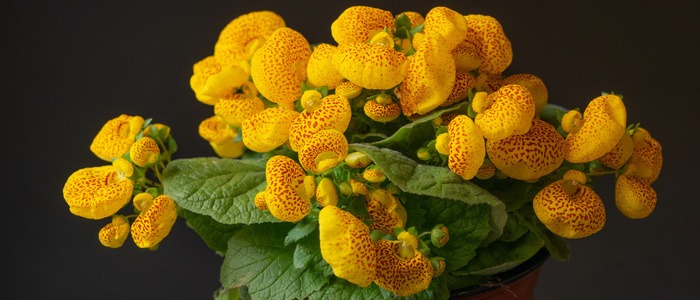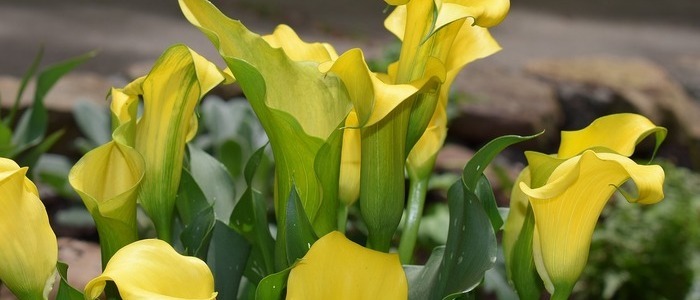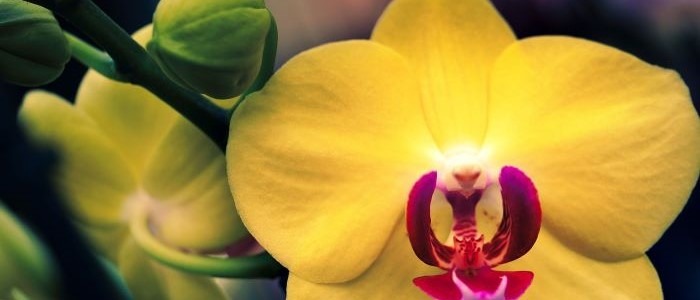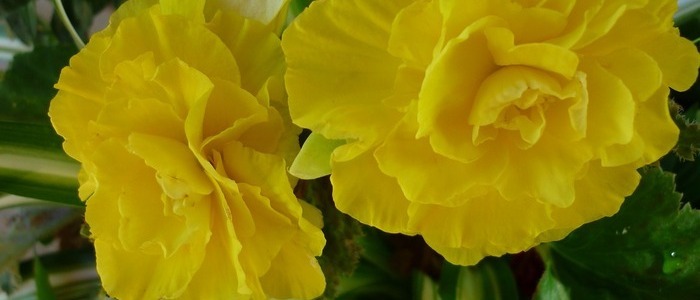When it comes to growing prickly pear cacti (Opuntia), selecting and preparing the plant is an essential step in ensuring your cactus thrives. To start, you should look for a healthy prickly pear cactus, either from a nursery or a local market. Make sure to select one that has no signs of diseases or pests and has an intact root system.
The soil you choose for your prickly pear cactus should be well-draining and nutrient-rich. This will help ensure the optimal growth of your cactus and make sure it doesn’t become waterlogged. If purchasing from a nursery, make sure the plant is in its original pot so you can easily transfer it into its permanent spot without disruption to its roots.
Once you’ve selected your prickly pear cactus, it’s important to acclimatize it before planting in its permanent spot. This process helps reduce shock when transferring the plant to its new home, and generally involves placing your cactus outside for increasing amounts of time over several days until it is used to the outdoor environment.
Additionally, when transferring the plant into its final position, be careful not to damage any of the spines as these are essential for protecting the plant from predators.
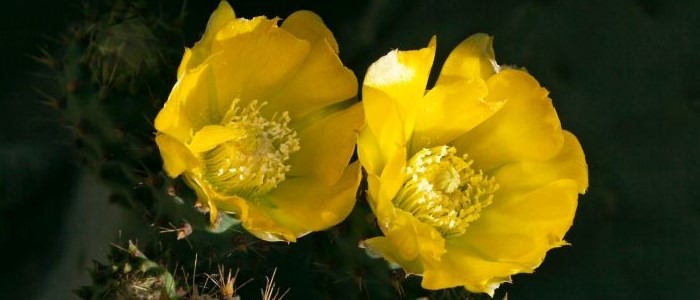
Prickly Pear Cactus Frequently Asked Questions
Is the prickly pear cactus drought-tolerant?
Yes, the prickly pear cactus is known for its ability to tolerate drought. Its thick, fleshy pads and roots allow it to store water, making it highly adapted to arid environments. This characteristic makes it a popular choice for xeriscaping and low-maintenance gardens.
Can prickly pear cactus grow indoors?
Yes, prickly pear cactus can be grown indoors as long as they receive sufficient sunlight and are placed in a well-draining potting mix. However, it is important to note that indoor conditions may not fully replicate their natural habitat, so it is crucial to monitor their watering needs and provide proper ventilation to prevent any fungal diseases.
How to Take Care of the Prickly Pear Cactus
Watering, Sunlight, and Temperature Requirements Properly watering, providing sunlight, and maintaining the right temperature are essential for the health and growth of your prickly pear cactus (Opuntia). To ensure optimal growth, it is important to water your cactus only when the soil is dry to the touch. This helps prevent overwatering which can lead to root rot. It should also receive at least 4 hours of direct sunlight a day. If grown indoors, you may need to provide additional light with a grow light if your cactus does not get enough natural sunlight.
The ideal temperature range for prickly pear cacti is between 70-90°F (21-32°C). In areas that experience colder temperatures in winter months or during cold snaps, it’s best to bring your plant indoors so that it can be kept within this range. Additionally, if you’re growing them indoors year round, make sure that they are placed in an area away from any drafts or vents that could cause sudden changes in temperature.
When planting your prickly pear outdoors in summer months, take extra precautions to avoid exposing it to too much heat or sunburn by providing some shade or positioning it against a wall so that its base doesn’t overheat. When bringing your plant back indoors after summer months have passed, gradually reintroduce the plant to indoor lighting by placing it near a bright window for a few days before taking it away from direct sunlight completely.
By following these tips on proper watering and providing adequate sunlight and temperature requirements for your prickly pear cactus (Opuntia), you’ll be well on your way towards having a happy and healthy cactus!
Caring for Prickly Pear Cactus Through the Seasons
Taking care of a prickly pear cactus through the changing seasons is essential for its health and growth. In winter, it should be moved indoors or sheltered in order to protect it from frost. This can involve creating a layer of mulch or straw around the base of the cactus and using fabric covers to trap heat at night. Alternatively, if you’d rather keep your plant outdoors during colder months, make sure it’s in an area that still receives some sunlight and is sheltered from strong winds.
In springtime when temperatures start rising again, move the prickly pear cactus outside gradually and introduce it to more sunlight. Monitor any signs of sunburn or burning on its leaves as too much direct sunlight can be damaging. During this season water your cactus regularly but not too heavily – usually once every week or two should be sufficient.
When summer arrives, make sure the plant has plenty of direct sunlight and reduce watering frequency but increase depth when doing so. A good rule to follow is waiting until all moisture has been absorbed before watering again – as overwatering can lead to root rot and other diseases. Additionally, fertilize every 4-6 weeks with a specialized mix for optimal growth.
As autumn rolls by, decrease watering levels gradually and if necessary move back indoors due to harsher weather conditions outside. When relocating your plant indoors again avoid placing near radiators or fireplaces which will dry out its soil quickly; opt instead for somewhere close to a bright window where it can receive diffused light without any risk of sunburn or overheating.
With proper maintenance throughout each year, your prickly pear cactus will flourish! Regular pruning also helps keep size under control while encouraging new development – so ensure you tend to it frequently following similar steps above for desirable results!
Pruning and Fertilizing Prickly Pear Cactus
Pruning and fertilizing prickly pear cactus (Opuntia) is an important part of caring for these plants. Pruning should be done in the spring when the plant is actively growing, as this will encourage new growth and keep the size manageable. When pruning, be sure to only remove dead or dying spines and stems unless you are shaping the plant.
Fertilizing should be done every two months during the growing season using a specially formulated fertilizer for cacti mixed with water according to package directions. It is important not to overdo it with fertilizers because too much can cause fertilizer burn which can damage the plant.
Additionally, make sure to avoid overwatering your cactus as this can also lead to root rot and other issues.
When it comes to caring for prickly pear cactus, it is important to pay attention to their specific needs for sunlight, temperature, water, and nutrients in order to keep them healthy and thriving.
Pruning should be done regularly in springtime when they are actively growing while fertilizing should be done every two months during the growing season with a balanced fertilizer formulated specifically for cacti plants. Finally, it is essential not to overwater or give too much fertilizer as this could damage your beloved prickly pear cactus!
How to Propagate Prickly Pear Cactus Plant
Propagating prickly pear cactus (Opuntia) is a great way to propagate the plant and create more of these beautiful succulents. There are three main ways to propagate this type of cactus: stem cuttings, pads or offshoots, and seeds.
Stem cuttings are the most common way to propagate a prickly pear cactus. To do this, choose healthy, unblemished pad cuttings with spines intact and allow them to callus for 1-2 days in a dry area before planting in a succulent or cactus potting mix. After planting, water the soil lightly and keep it moist until new growth appears.
Pads or offshoots can also be propagated by simply detaching them from the main plant with a clean knife and then replanting them into a separate container filled with potting mix made for succulents and cacti. Once planted, keep the soil lightly watered until new growth appears.
Finally, seed propagation is an option available once your prickly pear cactus has become established. You will need fresh seeds from an established plant which you can either purchase online or collect yourself if you have access to one already in bloom. Plant your seeds in small containers filled with well-draining potting mix made specifically for cacti or succulents and water lightly until new growth appears at which point you can transplant it into its own larger container with more potting mix as needed.
It’s important to remember that when propagating any type of plant, patience is key! It could take several weeks before you see signs of new growth so don’t be discouraged if nothing happens immediately after planting your cuttings or seeds – just make sure they are healthy and given enough light and water to help them form roots before transplanting them into their permanent homes!
Common Diseases and Pests Affecting Prickly Pear Cactus (Opuntia)
Prickly pear cactus (Opuntia) is a resilient and hardy plant, but it can still be subject to common diseases and pests. Knowing what these are, how to identify them, and how to treat them is essential for ensuring the health of your cactus.
One of the most common diseases that can affect prickly pear cactus is gray mold, or botrytis. This fungus occurs in moist conditions and can cause rot on both stems and pads. To prevent the growth of gray mold, ensure that your cactus has good air circulation as well as adequate drainage during watering. If you do spot any signs of gray mold, prune off affected parts with sterilized scissors and dispose of them immediately.
Another common pest that affects Opuntia is the mealybug. These small insects feed on plant juices by piercing into the stem or pads of the cactus with their proboscis. Mealybugs produce a waxy substance which forms a protective coating around them so they are resistant to insecticides – however, regular monitoring with alcohol swabs can help detect an infestation early on before it becomes too severe. If you spot any mealybugs on your cactus, treat it with an insecticidal soap or neem oil solution to get rid of them safely without harming beneficial insects such as bees or butterflies in the process.
Soft brown rot is another disease that can affect prickly pear cacti if left unchecked – this fungus causes brown spots on the surface of the stems which eventually spread outwards until they have rotted away completely. To prevent soft brown rot from occurring, make sure your cacti have adequate ventilation in its growing environment and apply fungicide treatments if necessary to protect against infection.
Scale insects are also known to attack prickly pears by sucking sap from their stems and leaves – this weakens their overall health over time as they become unable to photosynthesize efficiently due to nutrient deficiencies caused by scale infestations. To combat scale insects, keep an eye out for white patches on your cacti’s surface – these will be colonies of scale insects which should be treated immediately with horticultural oil sprays or systemic insecticides like Imidacloprid..
Finally, crown gall is a bacterial disease that leads to swelling at the base of your prickly pear’s stem – this bacteria enters through wound sites on your plant so it’s important not to damage its roots when transplanting it into new soil and instead carefully dig around its root system using a trowel or shovel. Treating crown gall involves using bactericides such as copper sulfate or antibiotics like Streptomycin; however prevention is always better than cure so try not to disturb your plants’ roots unnecessarily when re-potting!
By being aware of these common diseases and pests affecting Opuntia plants as well as knowing what conditions encourage their growth, gardeners can take proactive steps towards keeping their prickly pears healthy all year round!
Conclusion
In conclusion, this post has provided readers with the necessary information to successfully grow and maintain a healthy prickly pear cactus (Opuntia). From selecting and preparing the cactus to watering, sunlight, temperature requirements, pruning, fertilizing, and propagating – readers have been given a comprehensive overview of how to care for their prickly pear cactus. Additionally, common diseases and pests that can affect the cactus were addressed as well as tips on how to prevent and treat them.
To sum it up, readers should keep in mind the tips provided in this post when caring for their own prickly pear cactus. If they require further information or have any questions regarding prickly pear cacti care, they can comment their experiences with others or consult external sources.
Additionally, there are more topics they can explore such as the different varieties of prickly pear cactus or how to use it in culinary dishes.
Ultimately, proper care is essential for growing a healthy and vibrant prickly pear cactus – one that will last for years to come! It is important for readers to be aware of the various needs that these plants possess in order to ensure its continued health and growth over time. Following these guidelines will help readers confidently grow a beautiful Opuntia plant both indoors and outdoors!
Other House Plants With Yellow Flowers

